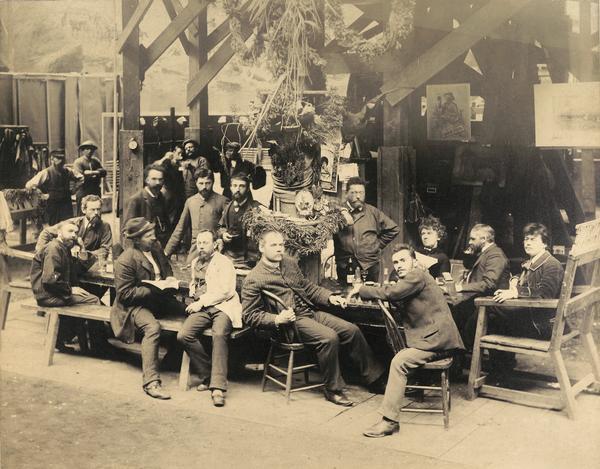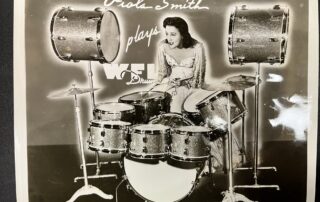Depending on your age, it’s hard to think of a time before YouTube, cell phones, the Internet or even computers.
In the 1880s, cycloramas were the latest immersive technology. They brought visitors up close to battlefields and historical events through huge 360-degree full-color paintings. Visitors bought a ticket and then walked through a tunnel to come up inside the cyclorama to experience the sights, if not the sounds, of Civil War battles like Gettysburg and Missionary Ridge. Displayed in specially-built round buildings, cycloramas were the 3-D IMAX films of their day.
Many of these cycloramas were created right here in Wisconsin because Milwaukee, as it turns out, was the Hollywood of cyclorama production. Cycloramas were already popular in Germany with battle scenes from the Franco-Prussian War. A German-born businessman from Chicago named William Wehner figured Americans would likely flock to recreations of Civil War battles so he opened a cyclorama production company in Milwaukee.
Wehner recruited dozens of cyclorama artists from Germany to work for his American Panorama Company. They were hired for their individual expertise: some were adept at painting horses, some specialized in human figures and others were experienced landscape painters. They often traveled to the actual sites of the battles to make sketches and to interview Civil War veterans. Back in Milwaukee, the artists used lanterns to project their sketches onto huge pieces of canvas. They stood atop scaffolding that moved on tracks as they painted. The completed paintings were rolled up in sections and transported by horse and train to cities where makeshift cyclorama buildings were constructed to display them to paying customers.
American Panorama Company was one of several firms churning out gigantic paintings in Milwaukee throughout the 1880s. But the cyclorama heyday was brief. When motion pictures were invented in the 1890s folks preferred to watch movies rather than walk around inside the still cycloramas.
Most cyclorama paintings were unceremoniously burned, cut up in sections and thrown away. Only three are known to still exist in North America and only one of those was created by Milwaukee artists. But that cyclorama of the battle for Atlanta made national headlines when it was transferred from one museum to another in Atlanta. Moving a rare, 130-year-old, six-ton cyclorama was a mammoth undertaking that stopped night-time traffic and involved two large cranes maneuvering the painting on a specially built spool through holes cut in roofs of the museums.
The Milwaukee-made cyclorama is now undergoing an extensive restoration and is scheduled to open at the Atlanta History Center next year.
Though the Milwaukee artists never signed their work, if Wisconsinites look closely at the Battle of Atlanta painting they can, in a way, see a signature. Old Abe, the famous bald eagle mascot of the 8th Wisconsin Infantry, is featured in the cyclorama. While veterans of the battle that killed 12,000 soldiers were impressed with the accuracy of the Milwaukee painters, it turns out neither Old Abe or the 8th Wisconsin were at the Battle of Atlanta.
It’s possible the Milwaukee cyclorama artists included Old Abe as a salute to Wisconsin troops.











